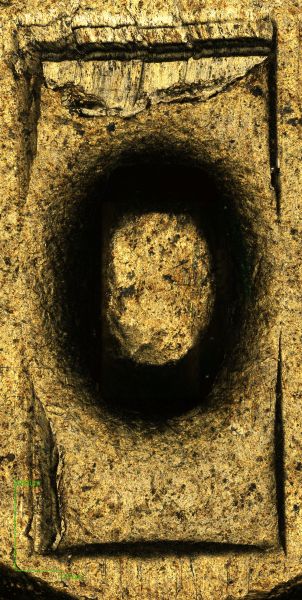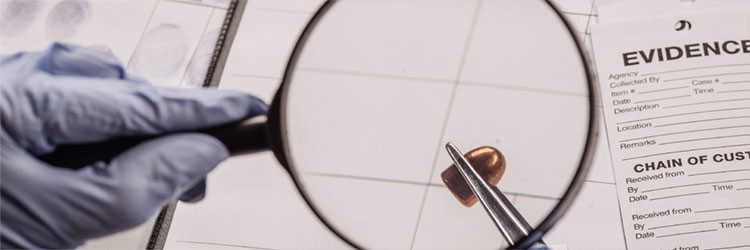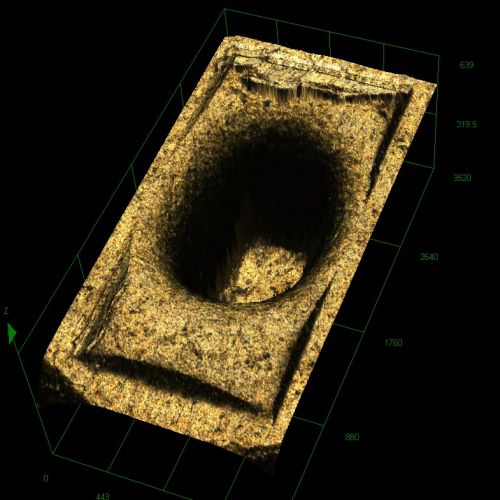Even illumination and 3D imaging improve the ability to confirm ballistic matches and provide quantifiable measurements.
Breech face markings on spent bullet cartridges are produced by the pressure enacted on the cartridge after the spark from the primer ignites the powder, ejecting the bullet while forcing the cartridge back into the breech, or the back of the gun barrel. The softer metal of the cartridge deforms and imprints any markings that are on the harder metal of the breech. The breech metal is less prone to wear and provides a repeatable identifier.
Quantifying and identifying breech face markings can provide forensic ballistic investigators with important information regarding which firearm ejected the spent cartridge. The ability to resolve the very fine markings left during discharge can help match the test fire cartridge and the cartridge used in a crime. The markings can range in size from below 100 μm up to 2 mm, depending on the firearm’s breech and whether the depth of the markings and pattern are repeatable. Current methods using optical comparison microscopes rely on the operator to match up patterns that are visible. One issue with this method is that the operator can encounter shadowing issues from the interaction of lighting, causing a less reliable match.
Laser Scanning Confocal Microscope Solution
Images captured on a laser scanning confocal microscope provide even illumination and detail even slight markings produced on the breech face of a spent cartridge. The Olympus LEXT® OLS4100 laser scanning confocal microscope also has the ability to capture Z height data to produce 3D images for rendering and comparisons, providing an improved ability to analyze these markings. Using calibrated Z height data, the OLS4100 microscope offers the ability to measure the depth, width, and length of these markings for comparisons, improving the ability to confirm a match and provide quantifiable measurements.
 |
| An all-in-focus 2D color image made using the Olympus LEXT OLS4100 microscope. |
Speed and Repeatable Measurements
Two important criteria for this application are speed and repeatable measurements. The OLS4100 microscope provides high-resolution images with a high throughput, so less time is spent analyzing the markings (as compared to a forensics comparator microscope, which requires comparison via the human eye). The high level of accuracy when correlating these markings is achieved due to higher surface resolution. The ability to measure distances between the heights of the markings helps eliminate the subjectivity of comparison (again as compared to a forensics comparator microscope). This quantifiable data, generated via direct measurements, is used in forensics to compare breech markings.




